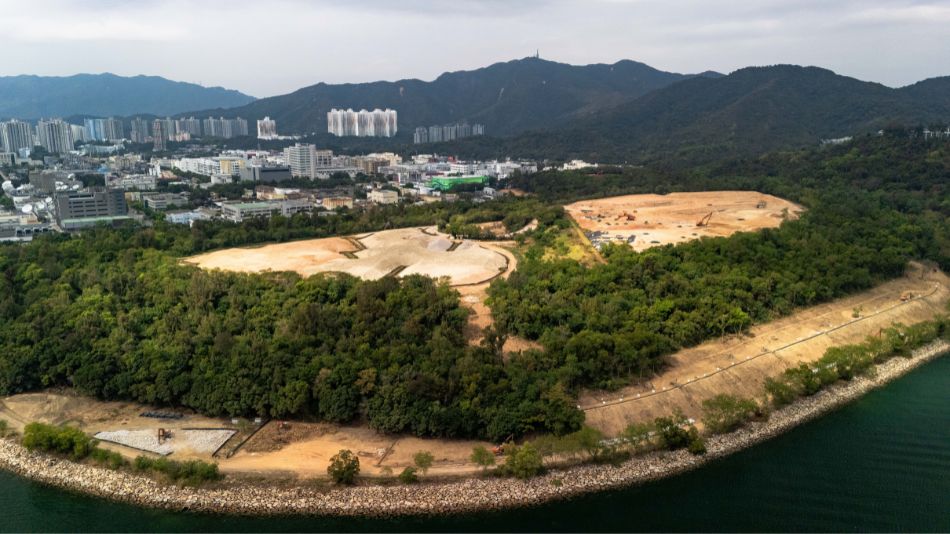A new 18-hole golf course design is at the heart of a 130-acre project at Plover Cove Golf Club in Hong Kong from Dana Fry, ASGCA, and ASGCA Past President Jason Straka, ASGCA (Fry/Straka Global Golf Course Design). Course construction is underway on the project which has an overall budget of $500 million.
Golf Course Architecture reports:
“Plover Cove Golf Club is a groundbreaking golf course that represents a new standard in both design and conditioning, positioning itself among the finest courses in the world,” said Dean Nelson, general manager of Plover Cove. said Dean Nelson, general manager of Plover Cove. “Transforming this once-overlooked parcel of land into a remarkable golfing destination underscores our commitment to preserving Hong Kong’s status as a premier global hub.”
Flagstick Golf Course Construction Management began building the course last year, and the project team also includes golf consultancy, Turfgrass. Plover Cove’s construction has included sandcapping, the installation of state-of-the-art drainage and bunker systems, Zoysia grasses and a subsurface moisture management system that is in use at Augusta National, TPC Sawgrass and Muirfield Village. Collectively, these will help the club to maintain quality playing surfaces and withstand local weather conditions.
Plover Cove will have a rainwater harvesting system featuring a water tank and recirculation system. This system will capture and store rainwater for irrigation, enabling it to be reused and help reduce the club’s reliance on grid-sourced water. The irrigation system will also feature automated sensors that precisely control watering schedules, ensuring efficient water use and minimising waste.
Two rare incense trees will be incorporated in the golf course design – their preservation is due to their classification as a protected species and listing as ‘near threatened’ under Hong Kong’s ‘Protection of Endangered Species of Animals and Plants Ordinance’. Plover Cove is also committed to minimising potential adverse effects on local protected species, such as the collared crow and the black kite, by allocating a dedicated area of 1.2 hectares for them.

